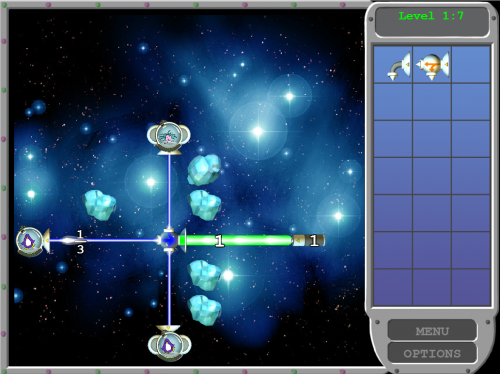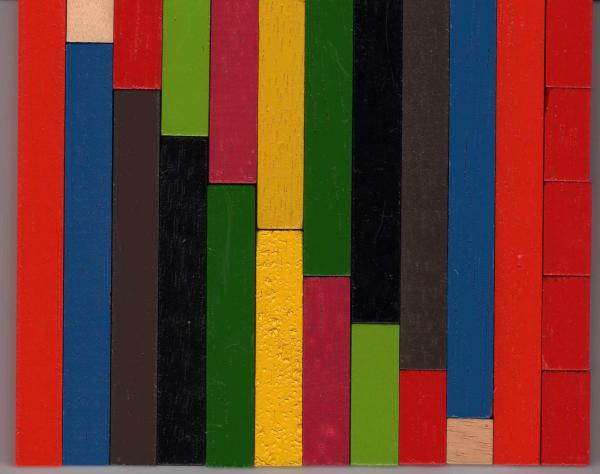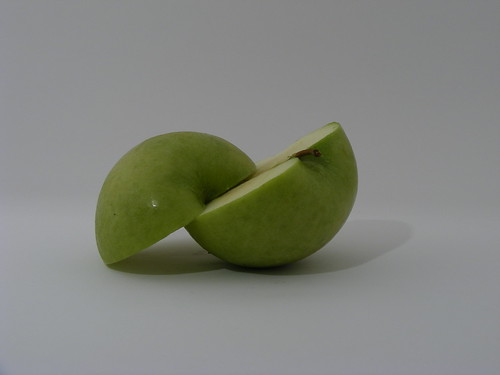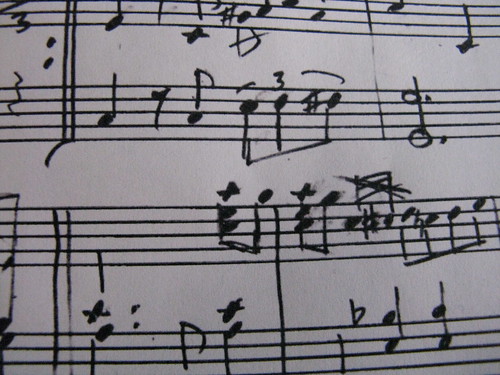I’m gathering resources for a teacher for her unit on fractions. I thought I’d compile what I have found here:
- Refraction

This game allows students to develop some intuition around fractions in a game environment. The Puzzle school is also developing their own version of this puzzle, which will have the added capability of teachers adding their own puzzles.
- Cuisenaire rods

These rods come in different colours corresponding to specific lengths, and can be used to create activities which will help students understand fractions better. For example, try and find how many green rods it takes to create a red rod. The only problem is the rods will all end up being fractions out of 10.
- Burnt recipes
Cathy gives an excellent explanation of how she uses recipes to create a problem where students have to use equivalent fractions to solve the problem.
- Horse races

This game is intended to teach equivalent fractions, and give a visual representation of different sizes of common fractions. The objective of the game is to move all of your horses from one side to the other, taking turns with an opponent attempting to do the same.
- Use real life examples

(Image credit: kobiz7)When I give my son a piece of an apple or cookie, or many other similar situations, I often use the language that includes fractions such as "half an apple" or "a quarter of an apple." This helps my son develop a model for what a fraction is based on things in his life with which he is familiar. I recommend this approach for teachers as well but make sure that these examples come across as natural sounding, rather than forced or contrived.
- Fractions in Music

(Image credit: m kasahara)Music is full of fractions! If you teach your students to read sheet music, or at least listen to music carefully to here the difference in the lengths of the notes, then they will be learning another representation of fractions. I could imagine an entire unit on fractions based on music. As well, musical notes made with simple instruments often involve fractions, so students could build a music instrument (using jars of water for example) and tune their instrument, which will hopefully help them notice the simple ratios that result.
- Visual Fractions
This website has a bunch of simulations that students can use to work through visual problems related to fractions. You could also, as a teacher, look at their simulations and turn them into activities students do in class.
- Cynthia Lanius has put together some resources here that teachers can use in order to develop lessons on fractions for their students. Some of the puzzles she has includes are fantastic.
What are some other resources or ideas you have to help students understand conceptually what fractions are? We have plenty of examples of practice students can do once they understand, so I’m hoping to find resources which help students understand.